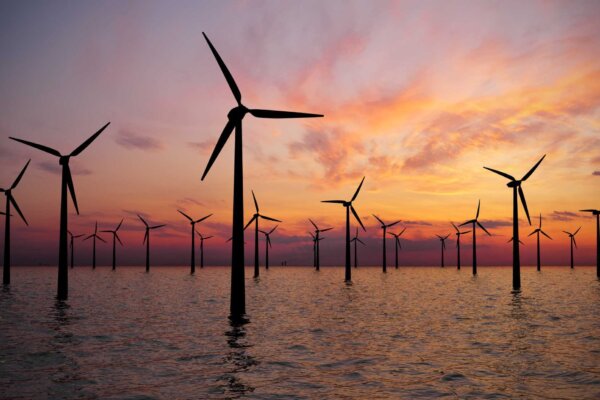National Grid ESO has confirmed that its Optional Downward Flexibility Management (ODFM) service will be reinstated this summer. They are currently consulting on how the service could be improved.
The scheme was successfully introduced in 2020, in response to the substantial drop in demand created by the Covid-19 pandemic. Small-scale renewable generators that secure agreements under the ODFM are paid to reduce their output whenever they are called upon by the Grid, in order to avoid supply significantly outstripping demand when demand is very low. Last year, generators were called upon five times under the ODFM. This year, the Grid believes that there may be no need for ODFM, but they will still be putting the service in place between 30th April 2021 and 31st October 2021 to cover any worst-case scenarios.
As we move towards a low carbon future, and become more reliant on renewable energy, it’s likely that flexibility will play an increasingly important role in our energy system. If you’d like to learn more about flexibility, our introductory blog could be a good place to start, and you can find out more information on the ODFM, here.


